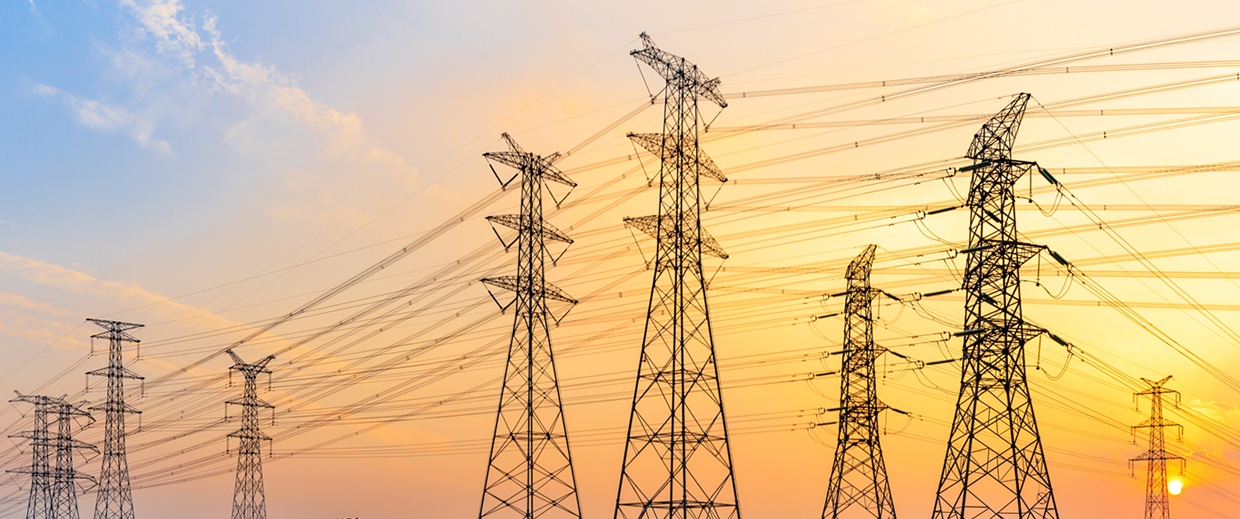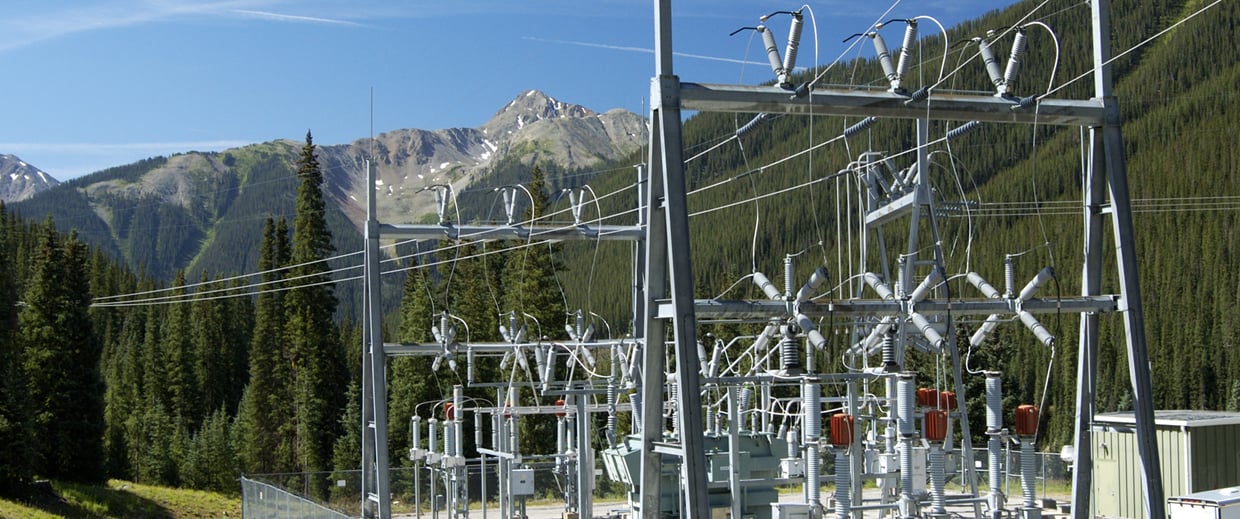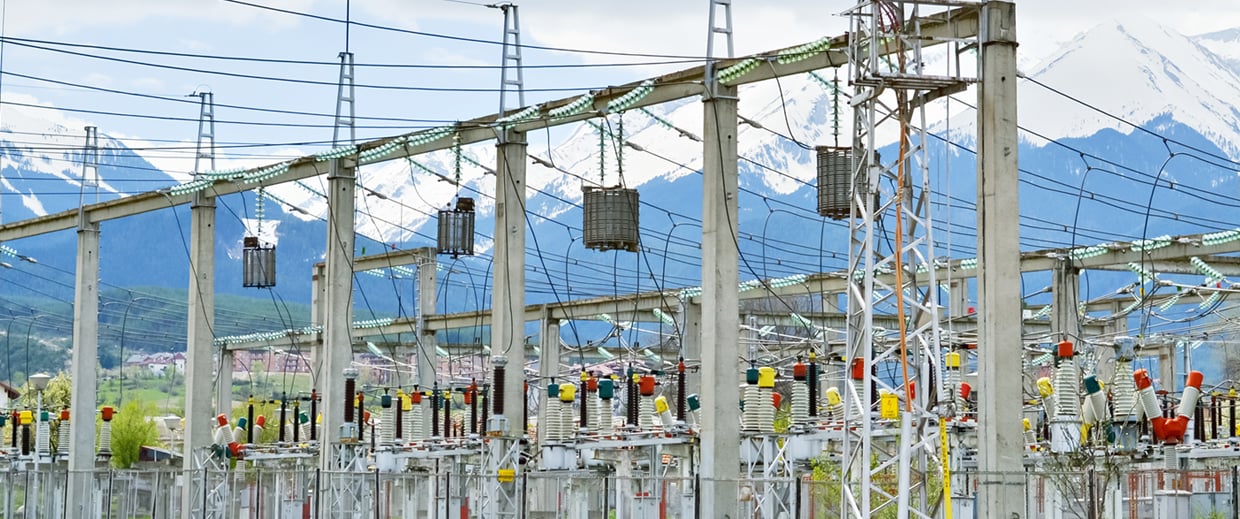IoT for Transmission Tower & Power Line Monitoring
Aug 28, 2023
 In the world of In the world of remote asset monitoring, many factors affect the challenge at hand. One of the major contributors is climate change. We now experience intensified hurricanes, storms, increased temperatures, and heavy rainfalls. NASA’s latest findings from July 2023 – based on a comprehensive study of global records – highlighted it as the hottest month ever documented. The effects are over all sectors. Therefore, the energy industry is no exception.
In the world of In the world of remote asset monitoring, many factors affect the challenge at hand. One of the major contributors is climate change. We now experience intensified hurricanes, storms, increased temperatures, and heavy rainfalls. NASA’s latest findings from July 2023 – based on a comprehensive study of global records – highlighted it as the hottest month ever documented. The effects are over all sectors. Therefore, the energy industry is no exception.
Adapting to Climate Shifts: Impact on Pylon Structure
These elements all impact the pylon’s structure. Furthermore, when you have higher temperatures and more rainfall over time, you experience corrosion and erosion to the pylon, including the surface. In addition, climate change affects the soil, and the added moisture can impact the foundations of the pylon. Hence, if it goes unnoticed, it could shift or fall.
Theft and Vandalism
Besides climate control, there are other unexpected situations that may arise when you least expect them. That’s deliberate acts to sabotage or vandalize. This can include vandalizing the transformer or stealing fiber, copper, and iron. The removal of these assets has the potential to impact power transmission across large areas, which can result in extended periods of power outages and financial loss for the utility companies.
Safety
Safety is another aspect that requires monitoring. Therefore, many regions will have strict regulations and standards for maintenance and safety when it comes to power utility infrastructure. Preventative maintenance ensures that penalties are avoided, including legal issues.
Meeting Challenges Head On
When facing the above challenges, it’s vital to observe the threats that could cause issues to the power towers. Traditional monitoring methods are no longer sufficient to detect the current threats to high-voltage transmission pylons. Instead, continuous and automated monitoring solutions are required. This is where the power of advanced sensors and Internet of Things (IoT) technology comes into play, revolutionizing how we monitor and ensure the integrity of these critical infrastructure elements. Advanced sensors with IoT capabilities help identify issues from the data received. This includes the performance, stress levels, weather conditions, and more. When information is at hand, it’s easier to strengthen or re-enforce the pylons, to ensure they work at maximum capacity.
Advanced Sensors: Unveiling Hidden Insights
The sensors are woven around the towering pylons, each collecting a multitude of data points. This includes performance metrics, stress levels, weather conditions, and beyond. These sensors, equipped with cutting-edge technology, form a dynamic network that goes beyond human capabilities. They monitor and capture real-time information, enabling a comprehensive understanding of the pylons’ health.
IoT Technology: Building a Network of Intelligence
The true magic happens when these sensors are seamlessly integrated into the Internet of Things framework. This interconnected network transforms data into actionable insights. Data from various sensors converge into a central hub, allowing for remote monitoring and analysis. IoT technology empowers us to spot anomalies, deviations, or potential issues that might go unnoticed through traditional methods. Real-time data streams assist in making informed decisions on time, optimizing maintenance efforts and avoiding potential disasters.
Conclusion: Forging a Resilient Future
In a world where the challenges are evolving, advanced sensors and IoT technology assists in dealing with the issues at hand. As the intensity of climate change and potential acts of sabotage continue to increase, these technologies empower us to stay ahead of the game. With a constant influx of data and the ability to derive meaningful insights, we are well-equipped to reinforce and enhance the performance of high-voltage transmission power pylons. By embracing innovation, it preserves the integrity of critical infrastructure and provides for the future. This is so the pylon can weather any storm with the right tools.
For more details, download RAD’s solution brief here.


